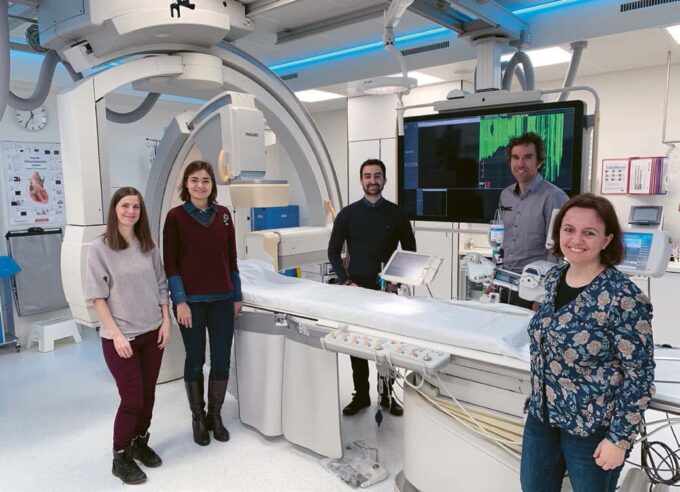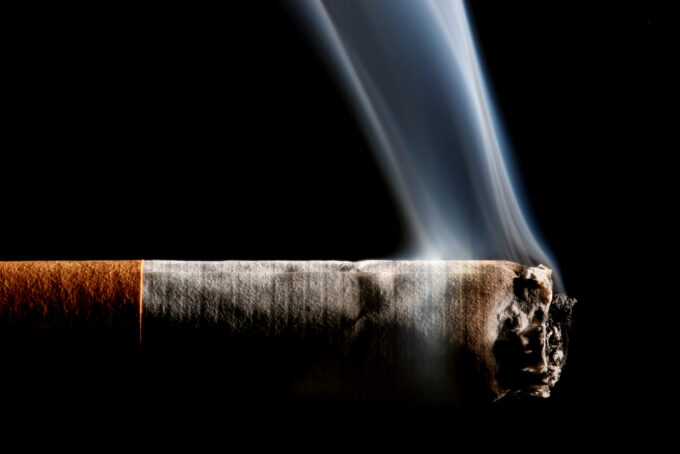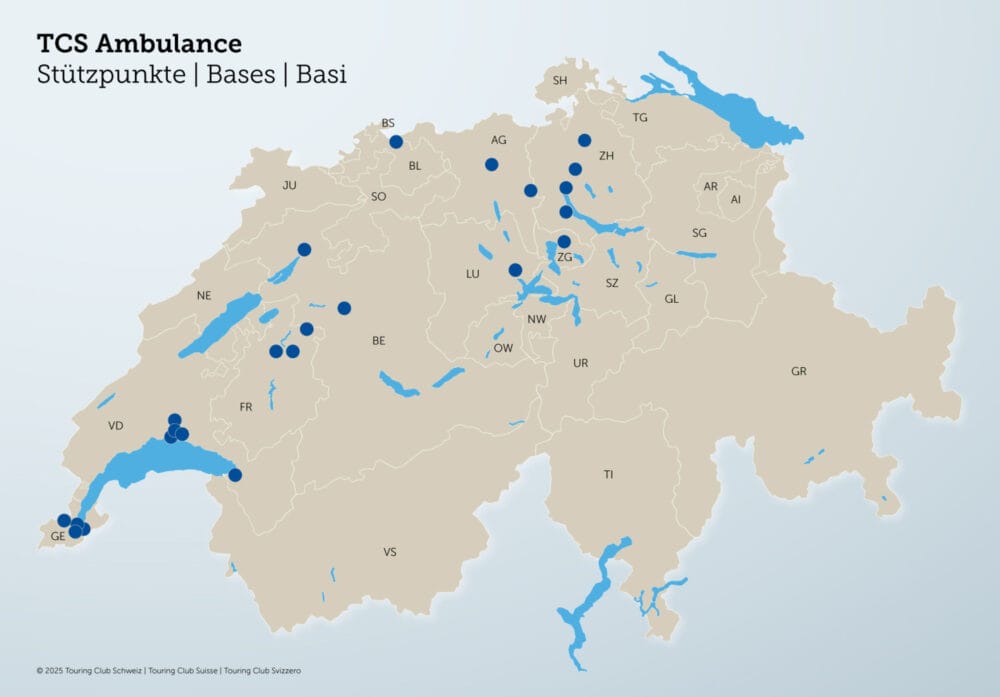Radiation protection results report 2018 published
2018 was an exciting year in radiation protection: On January 1, the totally revised ordinances came into force. Switzerland thus introduced modern legislation based on current scientific findings and international guidelines. The implementation of the new regulations kept the Radiation Protection Division intensively busy throughout the year. Many articles in the report refer to the changes brought about by the revision.

The commissioning of the automatic Measuring network for radioactivity in air and water URAnet was also a milestone in the year under review. In this interview, project manager Daniel Lienhard talks about the importance of the new monitoring network in environmental monitoring. The order for the replacement of the old network was given by the Federal Council after the Fukushima disaster. Switzerland is now in a position to quickly detect any unusual increase in radioactivity. In addition, all regions are now covered by the network. If an alarm limit is exceeded, an alert is immediately sent to the National Alarm Center. On the portal radenviro.ch the FOPH publishes the measurement results for radioactivity on a daily basis.
Regulation in the area of non-ionizing radiation and sound took a decisive step forward in 2018. Following the consultation on the ordinance on the new Federal Act on Protection against Non-Ionizing Radiation and Sound (V-NISSG) - negotiate amicable solutions on critical points. The law and regulation entered into force as planned on June 1, 2019 and will apply in the future to solariums, cosmetic applications, Laser pointer, laser shows and the sound at events.
Radiation protection in medicine and research
The report on the new Radiation Protection Department at the University Hospital Zurich shows what modern radiation protection in hospitals can look like today. The young team of medical physicists impressively describes how - not least thanks to sophisticated technologies - they implement the new legal requirements and keep radiation doses for patients and staff low (see photo). But its work also includes very specific tasks such as motivating staff to wear lead-glass goggles and use the right shielding.
Crowning conclusion of the BAG audit campaign on the Radiation protection in the operating room was the third National Radiation Protection Day with 150 professionals. Between 2016 and 2018, the FOPH visited more than 200 hospitals and interviewed more than 1700 people from a wide range of professional groups. This included many people from medicine and nursing without specific radiation protection training. On Radiation Protection Day, the FOPH presented its goals for the future. In particular, improved collaboration between radiology professionals and those working in the operating room is important.
"Clinical audits" are intended to give greater weight to the justification of examinations and treatments. They supplement the supervisory system for radiation protection in medicine in the form of so-called peer reviews. After a pilot phase, they were formally introduced in 2018 with the entry into force of the revised Radiation Protection Ordinance, and will become mandatory from 2020. During the two-year transition phase, hospitals can prepare themselves, draw up their quality manual or even register to carry out a voluntary audit.
Other supervisory focal points were radiation protection with its complex requirements in projects at the research facilities at CERN and the Paul Scherrer Institute (PSI).
51 reported radiological events
In 2018, the FOPH received 51 reports on radiological incidents. The report contains a statistical overview and brief reports on the most significant incidents: in 2018, these were the seizure of radioactive ion jewelry and the theft of a radioactive source from a medical institute. The reports have doubled - compared to the previous year. The reason for this is the mandatory reporting of patient or organ mix-ups in radiology and nuclear medicine introduced with the revision.
Other topics in the annual radiation protection report include the status of the radon and radium action plans and the preparatory work for radiological emergencies.
The report can also be ordered as a printed brochure: str@bag.admin.ch
The full report "Radiation Protection and Monitoring of Radioactivity in Switzerland - Results 2018", FOPH, Radiation Protection Division, May 2019, is. here available.
Source: Federal Office of Public Health FOPH, www.bag.admin.ch









